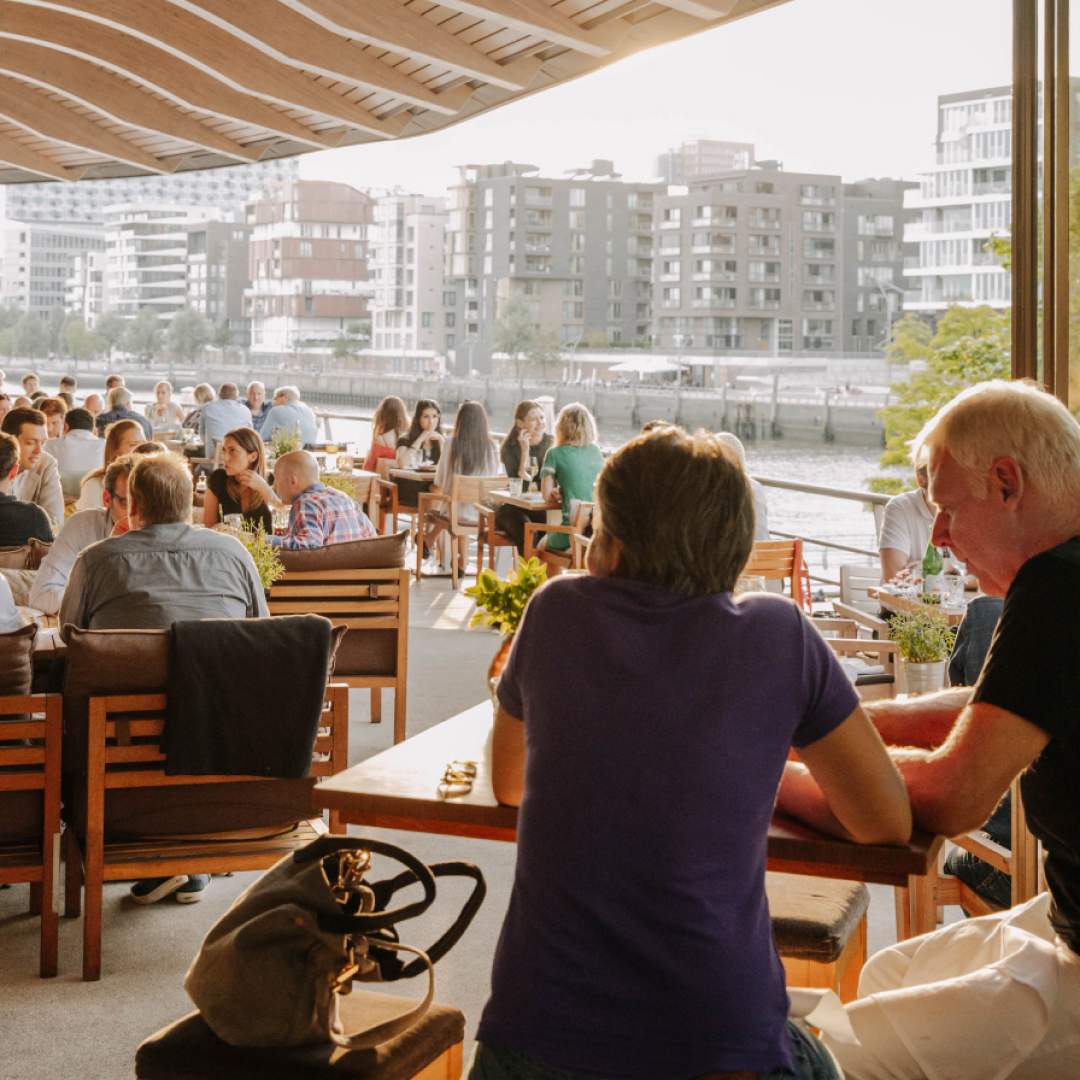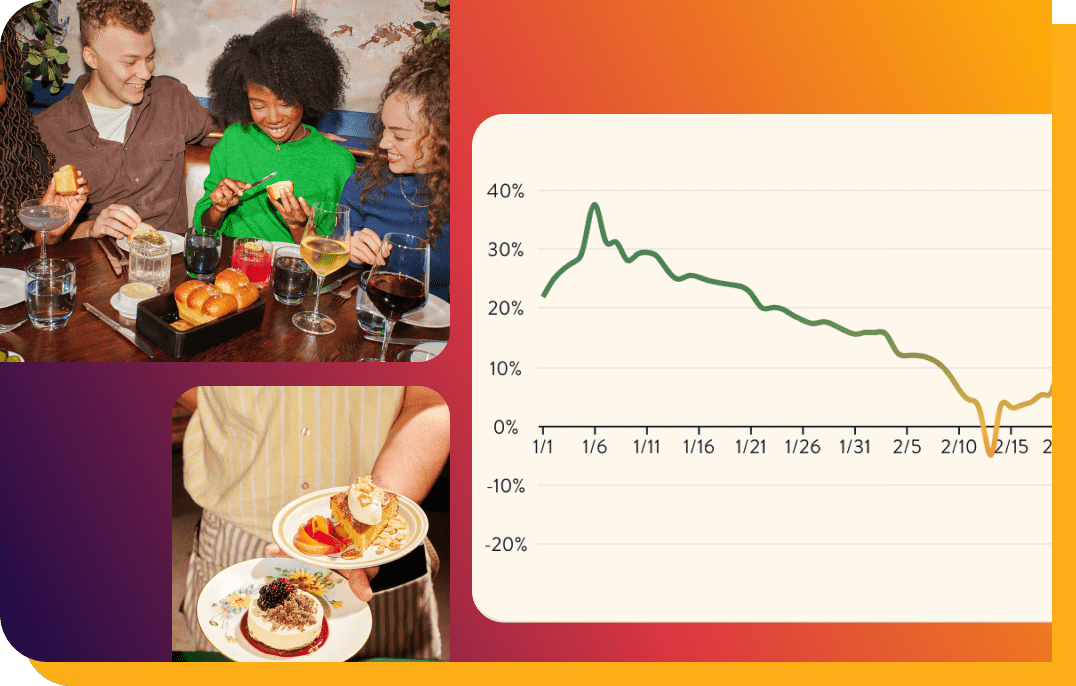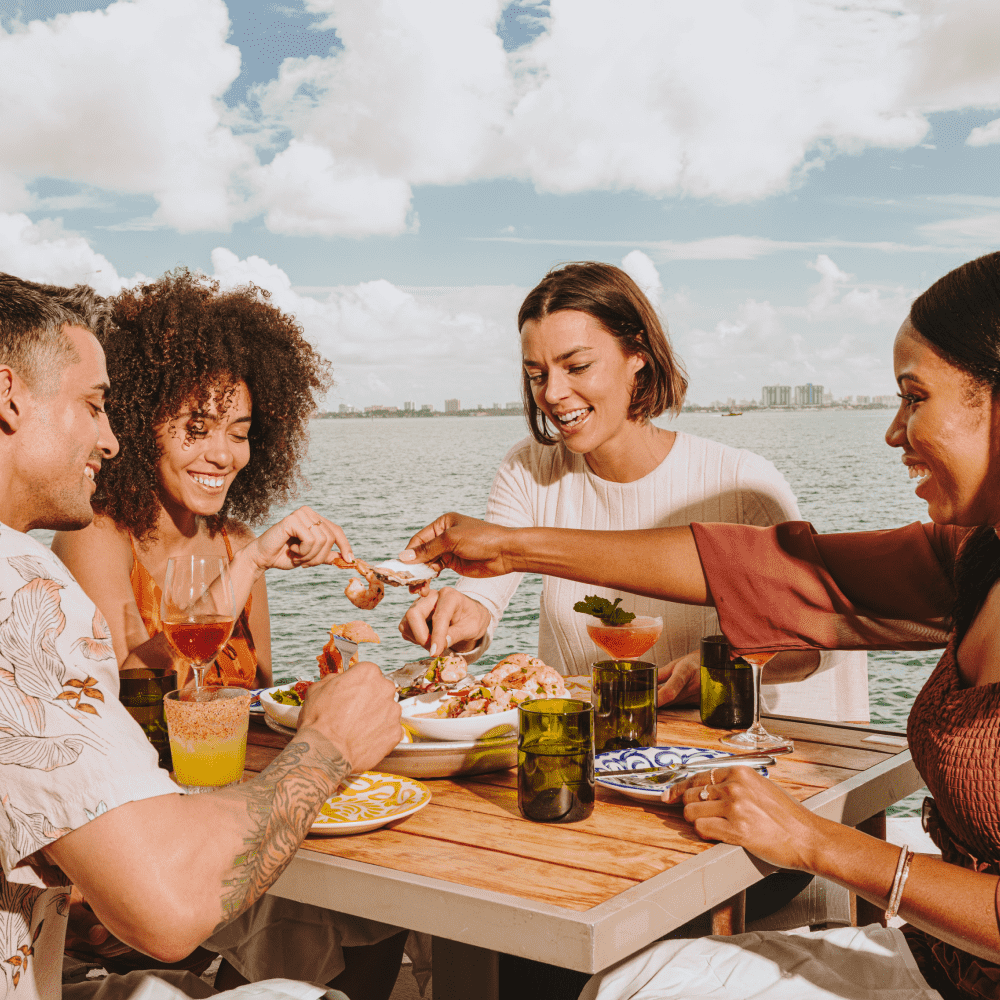Outdoor seating for restaurants has risen to the top of guests’ wish lists in recent years. As a result, many restaurants have invested in patio furniture and set up inviting outdoor dining areas with everything guests expect from an indoor dining experience.
In the years since the outdoor dining boom began, it’s become clear that patios, sidewalk cafes, and rooftop spaces are here to stay. If your initial setup was put together on the fly, it’s time to think about how to upgrade it and make it a permanent feature. That could mean upgrading the tables and chairs to commercial outdoor furniture or adding an al fresco bar complete with bar stools.
We asked restaurateurs from coast to coast how they’ve adapted to the new alfresco normal. Try their best tips to increase your own success with outdoor seating for years to come, whether you are just getting started with outdoor seating or want to expand.
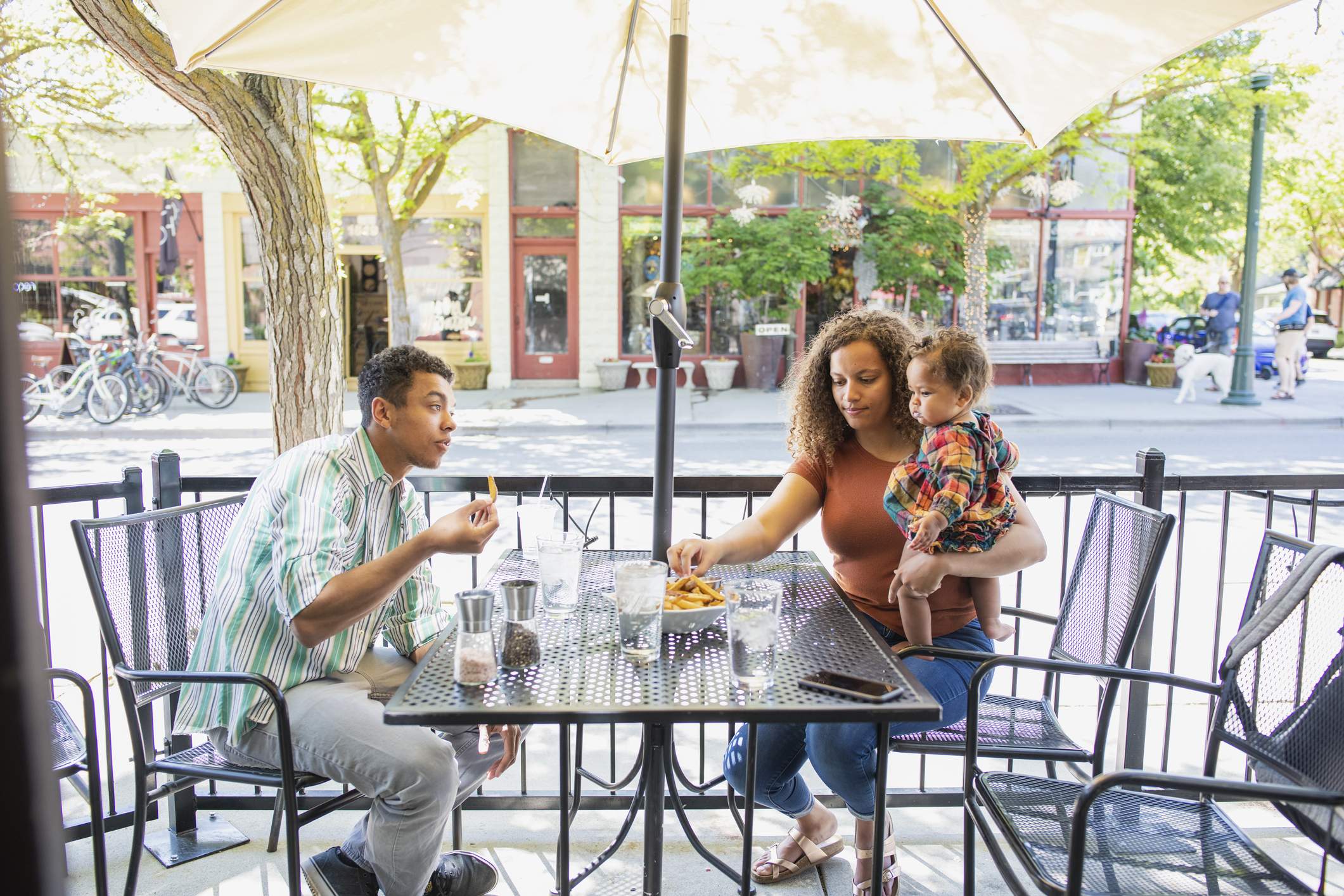
1. Start slow, then grow
During the height of the pandemic in 202, Sfoglia restaurant in New York was open only for takeout and delivery. When they were allowed to begin table service outside, they set up an outdoor seating area with eight tables.
After an overwhelmingly positive response from guests, Botma hired his cousin, a contractor, to build a deck. Today, they serve 17 tables outside. “We were making adjustments by the moment,” says Sfoglia owner Johan Botma.
If you’ve been slow to start or expand your outdoor dining area, it’s definitely not too late. Remember, the vast majority of diners OpenTable surveyed want more outdoor seating for restaurants for the foreseeable future. The alfresco dining boom isn’t going anywhere, and there’s plenty of time to cash in on it.
2. Embrace your surroundings
While Houston’s B.B. Lemon has a smaller indoor dining space, a 1,500 square-foot yard lined with trees and a fence sits right outside. To use this ample and attractive space, the team bought cabanas and decked them out with private tables and twinkling lights, creating a luxurious, resort-like atmosphere. It’s now one of the features that guests rave about most.
“It’s almost like a garden party every night, with spacing for tables,” says founder Benjamin Berg. “If they are all full, we can seat more than 80 people, and everybody is still 10 feet away from each other. You don’t feel like you’re in a restaurant in the middle of a city.”
San Francisco’s The Vault had similar untapped outdoor resources, according to partner Ryan Cole. The restaurant sits in a building that occupies a whole city block—including a massive plaza. While The Vault was closed during the pandemic, Cole’s team built an entirely new restaurant in a section of the plaza, showcasing the space’s bamboo garden: The Vault Garden.
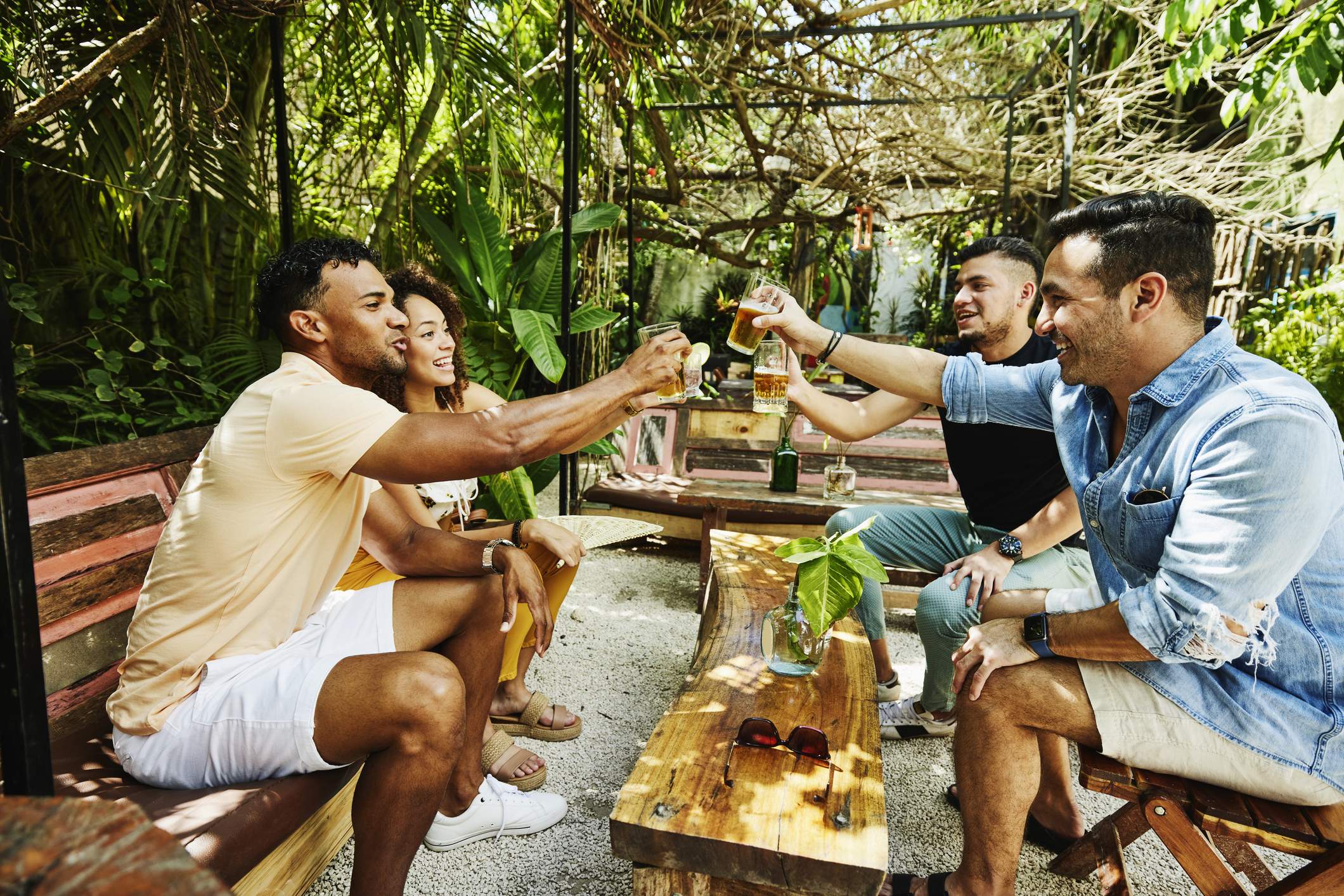
3. Invest wisely in outdoor restaurant furniture and décor
After everything the restaurant industry has been through, it can be difficult to make the investment to upgrade your outdoor seating area. It can be done without completely breaking the bank if you bring creativity to the project. Botma notes that his outdoor space at Sfoglia was built on a limited budget. As you make decisions about how much to spend, remember that any investments you make in extra outdoor seating will likely pay off in additional sales.
Out of desperation, Botma initially pulled his vintage wood dining room tables outside. Those aren’t weather-proof, so he eventually landed at Home Depot, where he shopped for lights, extension cords, and tables. After digging at multiple locations, he found enough gorgeous matching mosaic tables to build a cohesive outdoor seating area on the budget he set.
Berg used a simple ROI calculator when planning B.B. Lemon’s outdoor spaces. Though the cabanas, tables, and solar-powered lights required a significant investment upfront, he says, “we could pay for it in one day” of outdoor service.
For colder or rainy weather, consider buying patio heaters as well as umbrellas or retractable coverings. “We have shoveled snow, lit the fire, turned on the heaters, and sat guests at outside tables in winter—they loved it!” says Allison Cullen, director of marketing at Harvest in Cambridge outside of Boston.
“It was a fun experience for guests and allowed us to use the space when we normally wouldn’t be able to,” she says.
4. Create an atmosphere that reflects your brand
Of course, not just any outdoor restaurant tables and chairs will do—a successful outdoor seating experience should feel like an extension of your dining room.
“Think about the whole package,” Berg advises. “Make it something that’s desirable, where people really want to be.” Two guests have proposed marriage at B.B. Lemon since they installed the cabanas, which is unprecedented for the restaurant.
Botma bought blue umbrellas to match his outdoor tables, creating a “colorful oasis at night,” he says. San Francisco summers rival winters in the rest of the country, so The Vault Garden offers single-use blankets and disposable heat packs to make people more comfortable outside. Think about the whole experience and what you can do to make it feel cozy and special.
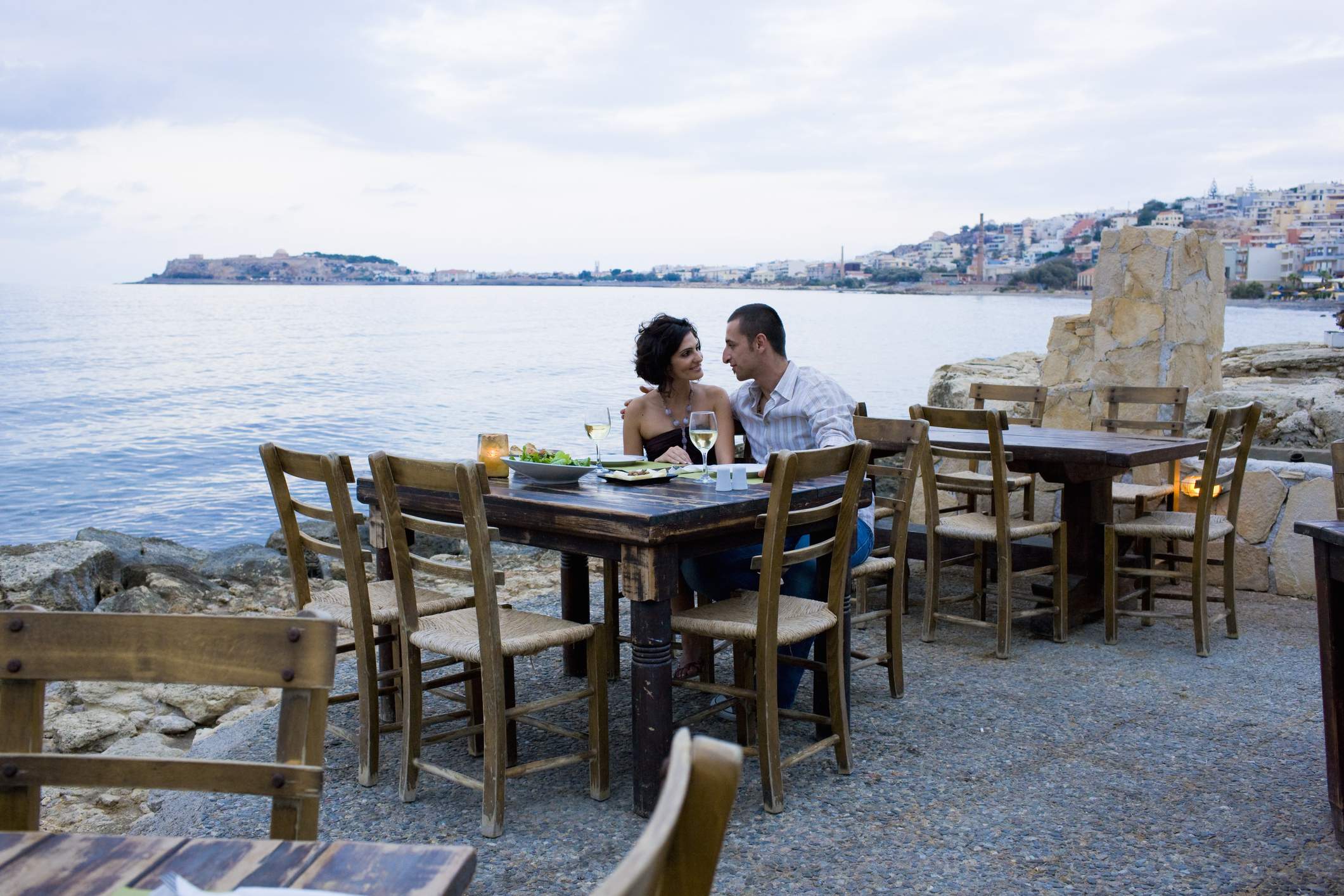
5. Extend your floor plan outside
Increasingly, more and more restaurants offer reservations for outdoor seating. In OpenTable, you can categorize existing tables as outdoor, add new outdoor tables to your existing floor plan, or create an entirely new plan for your outdoor dining setup. Here’s how.
By carefully managing your tables outdoors, you can more accurately adjust your reservation availability. Plus, outdoor reservations provide more predictability around how many guests you’ll seat, so you can order accurately and avoid both waste and unexpected crowds. You can even do more turns during a service by keeping every table status up to date.
6. Adjust your food and drink menu
If you are just starting or expanding your outdoor dining, consider scaling down your food menu until you’re used to those added seats. For Botma, a limited menu allowed Sfoglia to reduce waste. Weather can be a factor, too—seasonal, summery dishes like salads and semifreddo desserts are easy to execute with limited staff and taste perfect alfresco.
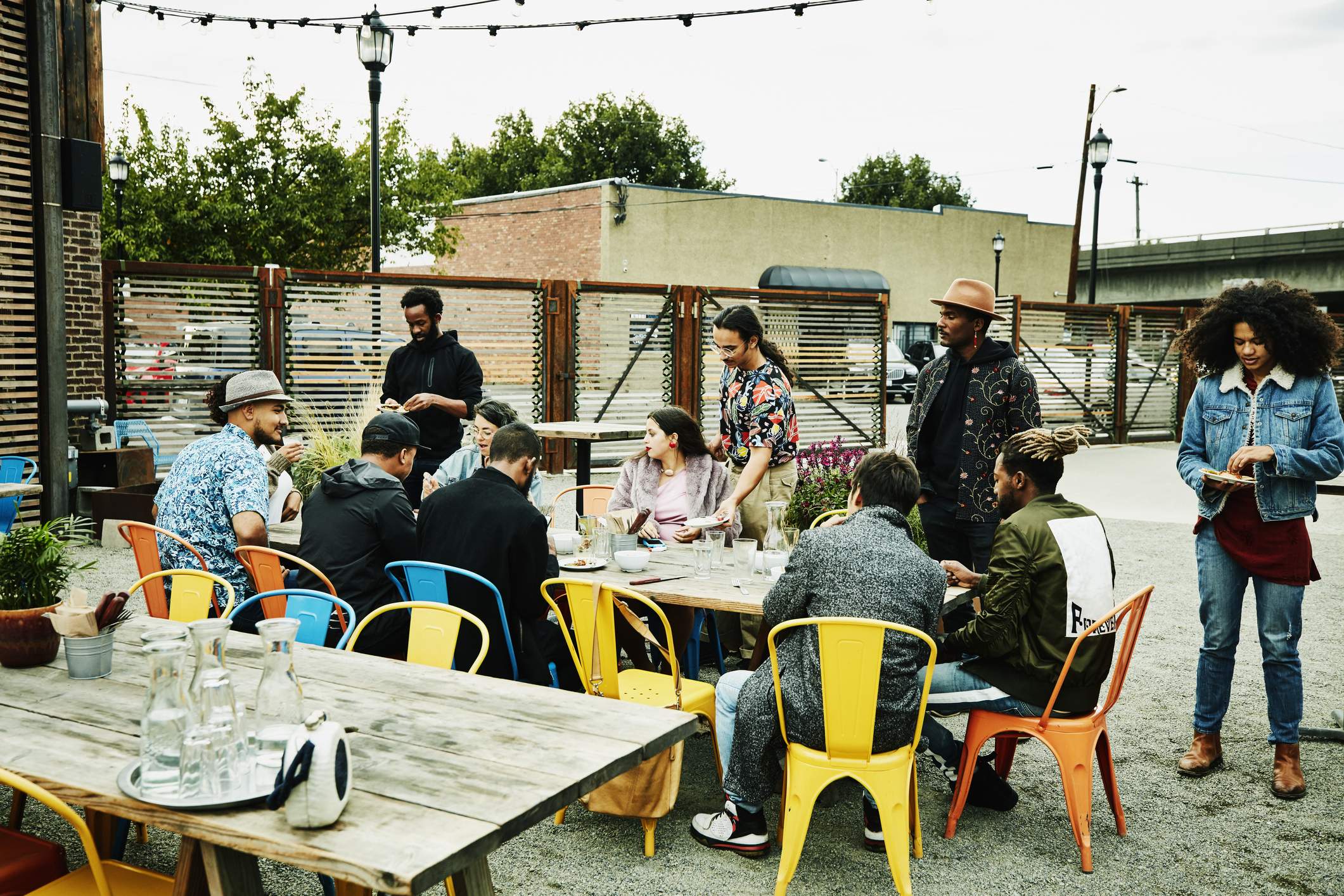
7. Get the word out
If you’ve created a new or expanded outdoor seating area, people might not know it’s there. Post photos of your new spaces and menus on your social media channels and other online profiles (including your OpenTable photo gallery) to show people what they can expect from the experience.
Lean on other neighborhood resources, too. Botma contacted local forums, businesses, and radio programs in his area to build buzz about Sfoglia’s setup, which was listed among the city’s best outdoor dining restaurants in the New York Post. “Phenomenal exposure,” he says.
When The Vault Garden opened, Cole hired a PR firm and invested in paid marketing. “We need to fill hundreds of seats a day,” he says.
It’s clear that diners are clamoring for outdoor tables, and it seems likely patio, deck, sidewalk, and garden reservations will be a hot ticket for a long time to come. These strategies have worked for many restaurants during the past few years and you can use them to help your business capitalize on the desire for outdoor dining, too.

